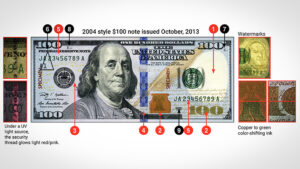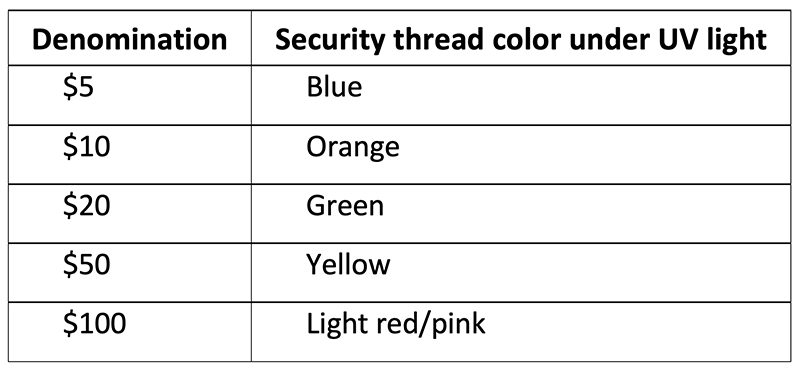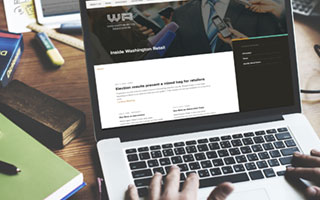 One aspect of organized retail crime (ORC) that isn’t making news has to do with criminals paying for goods at a retail store with counterfeit bills. Most retailers either inadvertently pass the bills along during the normal course of business to unsuspecting customers, or get notified by their bank that the previous evening’s night deposit contained fake bills. The business takes the loss, and the counterfeit bills are forwarded to the authorities.
One aspect of organized retail crime (ORC) that isn’t making news has to do with criminals paying for goods at a retail store with counterfeit bills. Most retailers either inadvertently pass the bills along during the normal course of business to unsuspecting customers, or get notified by their bank that the previous evening’s night deposit contained fake bills. The business takes the loss, and the counterfeit bills are forwarded to the authorities.
Most retail cashiers are not experts in spotting counterfeit cash and most businesses rely on inexpensive “counterfeit pens” which can be purchased from a local office supply store.
According to the Secret Service, “Counterfeit detecting marker pens are worthless.” The reason is that modern-day counterfeiters are bleaching the ink off $1 bills and printing $100 bill graphics onto the paper. The marker pens will only verify if the paper is legitimate, not the printing, so when the cashier’s pen “verifies” the note’s authenticity, they usually accept the bill regardless of print quality.
In 1990, vertical security threads were embedded into the new $100 Federal Reserve Notes (FRN,) and by 1993, all FRN denominations received the threads, except for the $1 and $2 versions and each denomination has a unique thread position.
The best tool a business can use to determine whether a bill is real or not is to use an ultraviolet (UV) light. When a UV light is held to the security strip, the bill’s denomination appears, and the strip glows a unique color. UV lights are widely available.

Other ways to verify the authenticity of American cash:
- Ink will lightly transfer when rubbed on a white sheet of paper, but will not run if sprayed with water
- Viewing print quality with a magnifying glass will reveal extremely high resolution and detail, whereas most counterfeit bills will have some smudging and smearing issues between the thin graphical lines
Learn more about identifying counterfeit bills from the U.S. Currency Education Program, or download the Secret Service’s guide on counterfeit cash from WR’s Public Safety and Retail Theft Resources page.





